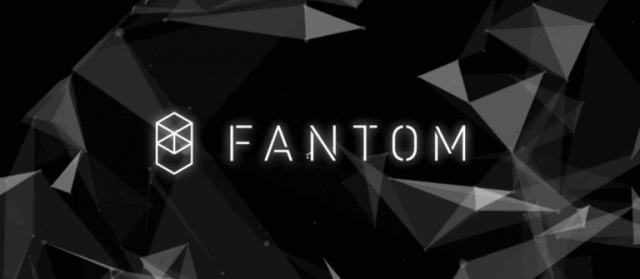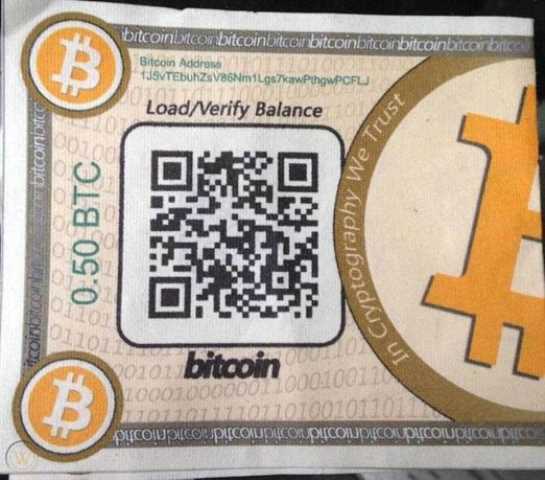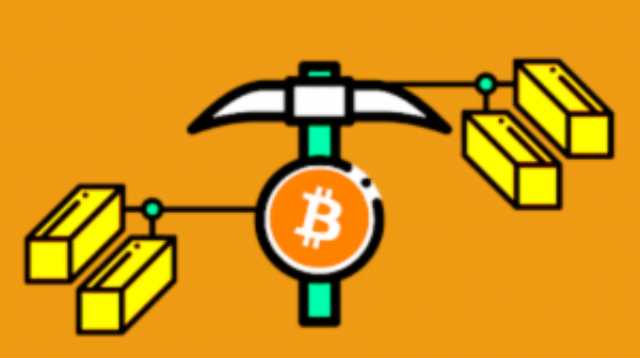
PoW is also sometimes called a consensus mechanism, but proof-of-work is only part of consensus. Consensus is achieved after the miner adds the block to the blockchain, and the rest of the network validates it using the hashes (reaching consensus). This doesn’t require much energy or computational power because each mining node also does this while mining the latest block. Mining transactions are validated digitally on the bitcoin network you use and add to the blockchain ledger. It is done by solving complex cryptographic hash puzzles to verify blocks of transactions updated on the decentralized blockchain ledger.
How Bitcoin Mining Works

All the miners are not well equipped with these applications, resulting in low profits for these individual miners. Because of this, miners are recommended to join mining pools where a group of miners can work together. By following this approach, Bitcoin miners will be able to increase their chances of earning more rewards in more Bitcoins. Once the mining hardware is set up and the Bitcoin wallet is created, the miner must adopt strategies to install and configure the mining software. The miner has to apply technical knowledge to improve the mining capacity.

How Much Money Can You Make Mining Bitcoin?
However, as it became more popular, more miners joined the network, which lowered the chances of being the one to solve the hash. As Bitcoin mining has matured, the barrier to entry for individual miners has been raised. Now, most mining is carried out by “pools” of miners who combine their resources and attempt to use their cumulative computing power to earn Bitcoin rewards. Due to the halving process and increasing prices, miners want to receive as many bitcoins as possible because the supply of new coins is slowly dwindling.

Understanding Bitcoin

Plus, all the information is available on a public ledger, so anyone can view the transactions. To improve the return on investment (ROI), mining companies and individuals often need to spend quite a bit up front on hardware and What is Bitcoin Mining electricity to increase the chance of successful mining. With the drastic increase in the total hashrate of the Bitcoin network, it becomes almost impossible for an individual alone to mine bitcoin due to limited resources.
- This is because you’re competing with a network of miners that generate around 600 quintillion hashes (as of May 15, 2024) per second.
- In this way, mining pools gain more resources to compete against each other, and individuals share the rewards in proportion to their hashrate.
- The value of digital assets can increase or decrease, and you could lose all or a substantial amount of your purchase price.
- That doesn’t mean that for the most part, blocks are added reliably every 10 minutes.
- Gradually when the acceptance and popularity of Bitcoin increased over the time, along with the competition among miners, graphics processing units (GPU) mining came into the picture.
- This arrangement was done to maintain the stability and create a steady flow of new Bitcoins to keep inflation in check.
- Hence, the greater the hashrate, the higher the chance to receive the mining reward.
Ordinary CPUs do not have the capacity to produce such fast hash rates. The next Bitcoin halving event is expected to take place in the early months of the year 2024. Halving should continue until all blocks are mined, and the 21 million Bitcoin supply cap is attained sometime in 2140. After this, the Bitcoin miners will only earn from transaction fees. Another way is to join a group of other Bitcoin miners – these are called mining pools. From the previous section, we see why hash power is important for Bitcoin mining and how it is linked to block time and difficulty adjustment.
That is roughly the equivalent to the yearly energy consumption of Norway. By far, the biggest factor affecting how much money a mining farm makes is how much it pays for electricity. Bitcoin mining farms exclusively use ASIC miners to mine various coins. They contain rows of hardware with powerful fans to keep the miners from over heating.
- The miner receives a reward of Bitcoin; this transaction, which creates new Bitcoin out of thin air, is known as the “coinbase transaction” and is included in the candidate block.
- You can find the most up to date estimation of exactly when the next halving will occur on our bitcoin block reward halving clock.
- Miners are securing the network and confirming Bitcoin transactions.
- The Bitcoin mining process also confirms transactions on the cryptocurrency’s network.
- Bitcoin halving events are closely monitored by miners and investors alike, as they have a direct impact on the economics of bitcoin mining.
- Bitcoins risk getting copied, counterfeited, or double-spent by the same coin more than once.
The issuance rate is set in the code, so miners cannot cheat the system or create bitcoins out of thin air. They have to use their computing power to generate the new bitcoins. Not surprisingly, in an age where all endeavors should have their environmental impacts evaluated and adjusted, Bitcoin mining’s astronomical energy costs have drawn attention. Bitcoin’s competitive proof-of-work mechanic is what causes it to use so much energy. According to some estimates, the blockchain’s mining process consumes as much electricity as entire countries.
What Is the Environmental Cost of Crypto Mining?
That changed in May 2021, when China’s State Council included Bitcoin mining in a list of financial risks that required monitoring. When a lucky miner’s hash function spits out a result that’s lower than the current target hash, the block is broadcast to the network. Each node checks that the block header hashes to meet the target, and if confirmed the newly mined block is added to the blockchain. The miner receives a reward of Bitcoin; this transaction, which creates new Bitcoin out of thin air, is known as the “coinbase transaction” and is included in the candidate block. This block header is then put through the SHA256 hash function; if the resulting number is higher than the current target hash, the miner adjusts the nonce and tries again. The difficulty target is a 256-bit number; it is adjusted every 2016 blocks (roughly every two weeks), to ensure that a block is mined on average once every 10 minutes.